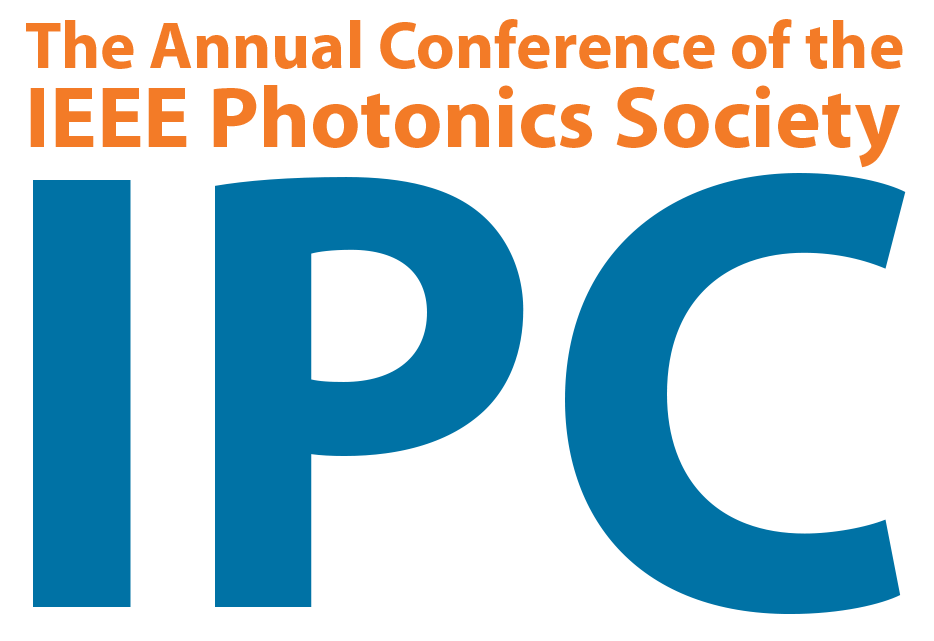Post-Deadline Papers
Please join us for the 2022 IEEE Photonics Conference
Post-Deadline and Closing Ceremony
Thursday, 17 November 10:30 am – 12:00 pm
Regency E
Best Student Paper & Best Student Poster Awards will be Announced
The following Post-Deadline papers will be presented:
Quantum Key Distribution using True On-demand Single Photons over a Field-Installed Fiber Link
Ronny Müller, Department of Electrical and Photonics Engineering, Technical University of Denmark, Denmark
We report on a quantum key distribution field trial in the Copenhagen metropolitan area using true single photons from a quantum-dot-based near-deterministic source. A stable secret key generation rate of 2 kbit/s with 9.6-dB channel loss is achieved with a polarization-based BB84 scheme.
Compact All-Fiber Quantum-Inspired LiDAR with > 100dB Noise Rejection and Single Photon Sensitivity
Han Liu, University of Toronto, Canada
We demonstrate a quantum-inspired LiDAR based on coherent detection of broadband optical phase correlations. It can effectively reduce in-band noise power by over 100dB while still achieving single photon sensitivity.
On-Chip Reconfigurable Phase Locking by Asymmetric Coupling in Two-Dimensional Laser Arrays
Zihe Gao, University of Pennsylvania, USA
We demonstrate the first integrated two-dimensional laser array with reconfigurable asymmetric injection locking, which enables robust phase locking and an effective non-Hermitian gauge field that controls the supermode. With individual control of amplification or dissipation in each injection path, we demonstrate reconfigurability and enhanced brightness.
Heterogeneous III-V/Si (De-)Interleaver Filters with Non-Volatile Memristive Behavior
Stanley Cheung, Hewlett Packard Enterprise, USA
We demonstrate a heterogeneous III-V/Si (de-)interleaver based on an integrated memristor for non-volatile tuning. Passband tuning via non-volatile phase shifts are demonstrated with full set/reset states. Non-volatile retention times are reported in a 24 hour period. The results indicate the possibility of implementing large scale photonics and optical neural networks with inherent memory functions.
Heterogeneous Integration of Brillouin Devices with Active Silicon Photonic Circuits
Matt Garrett, The University of Sydney Nano Institute (Sydney Nano) and Institute of Photonics and Optical Science (IPOS), The University of Sydney, Australia
We demonstrate the first heterogeneously integrated Brillouin circuit on an active photonic chip that incorporates electro-optic modulators. The integrated Si-As2S3 Brillouin circuit enables microwave photonic filters with over 40 dB rejection, a major step towards fully integrated high-resolution Brillouin microwave photonic systems.
InGaN/GaN Short-Period Superlattices in Nanowires for Developing Efficient Red Submicron LEDs
Zetian Mi, University of Michigan, USA
Red emission is achieved from nanowires grown with an InGaN/GaN short-period superlattice. Submicron scale LEDs, with area 0.75 µm × 0.75 µm fabricated on them exhibit peak external quantum efficiency of 2.2%, the highest value ever reported for a submicron red LED.
